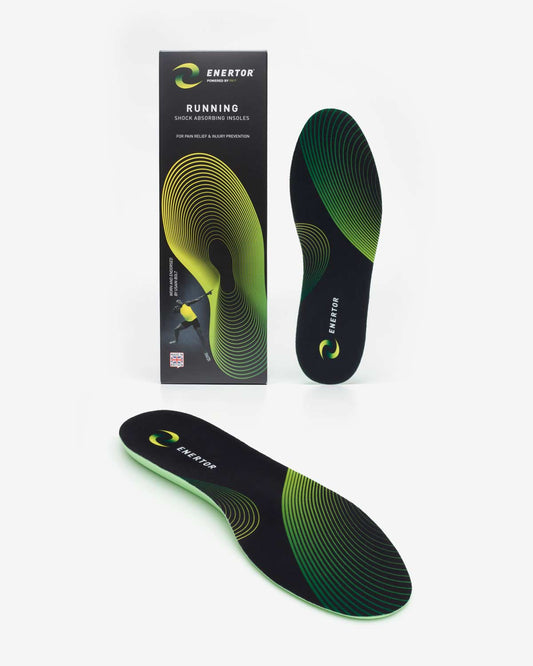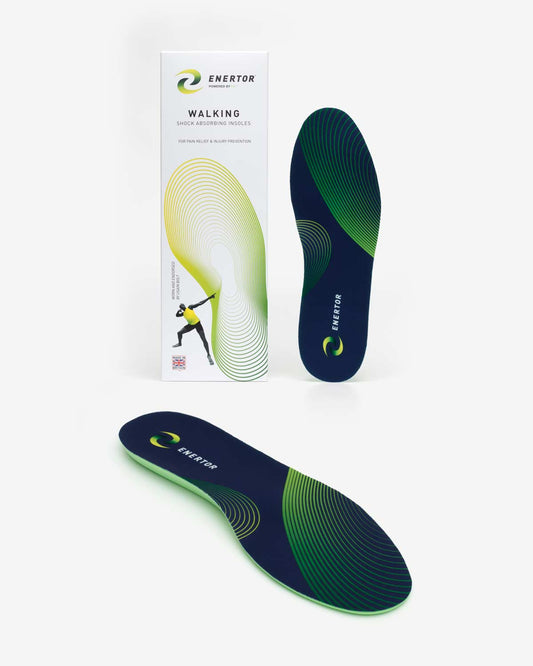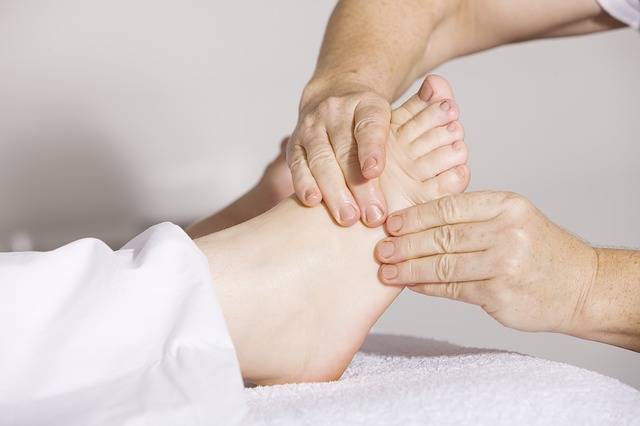Stress fracture
A stress fracture is either severe bruising within a bone or a small crack in a bone causing pain.
Multicolumn
Symptoms of stress fractures
The main symptoms of stress fractures include:
- It can be a minor pain or/and weakness of the area where the break has occured.
- Depending where the stress fracture is located it can also be a deep pain within the foot, ankle or toe/toes
- Swelling on the top of the foot or ankle and is tender when touched
What causes stress fractures?
- Stress fractures are from overuse such as repeatedly jumping or running long distances too early in your training regime
- Typical bone breaks are the result of a traumatic impact, hairline or stress fractures are the result of repeated application of force on the bone over time. This is why athletes/runners have a higher risk of stress fractures if they do not take the right precautions
- Stress fractures can also develop from weakening of a bone, such as osteoporosis
Treatment and prevention of stress fractures
- Normally controlling and stabilising any excess movements of the foot helps with the healing - wear a good pair of support trainers and Enertor PX1 insoles
- Preventing this condition by making sensible increases to your training schedule instead of making huge changes all at once and by wearing Enertor running PX1 insoles
- Switch to low-impact exercise like walking until the pain has lessened
- It is important you warm up properly and graduate your training programme
- Shin splints can be treated at home with rest, anti-inflammatory painkillers and using ice to reduce the swelling
- It is highly recommended that you invest in supportive trainers and Enertor Running PX1 insoles if it is a recurring injury. This device controls movements and gives stability, ensuring your lower leg muscles do not have to work quite as hard and shin splints will be less likely to occur.
Insoles that work
-

Running insoles
Running & high impact sports
-

Walking insoles
Walking, hiking & daily use





